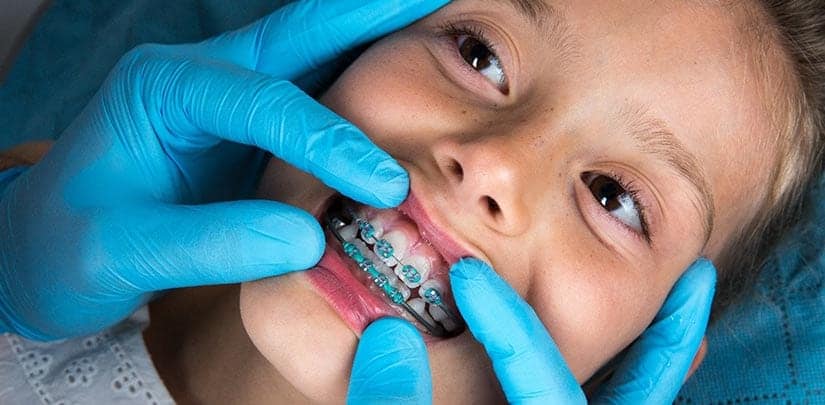Introduction
Relocating a cryo lab is a complex process that demands precision, planning, and expertise. Cryo labs house sensitive equipment and invaluable cryopreserved specimens that require strict environmental control. A poorly managed move can disrupt operations, damage assets, or even compromise critical research or patient outcomes.
This guide provides an in-depth look at the essential steps for cryo lab moves. From planning and preparation to relocation day tips, follow this expert advice to ensure a seamless and efficient transition.
Pre-Move Planning: Laying the Foundation
The success of your cryo lab relocation hinges on comprehensive pre-move planning. This phase sets the stage for a smooth transition.
- Assessing the Scope of the Move
- Inventory all lab equipment, consumables, and cryopreserved specimens.
- Define the relocation timeline, budget, and resources needed.
- Assembling a Relocation Team
- Form a team with lab managers, technicians, and experienced movers.
- Assign roles and responsibilities to streamline communication and tasks.
- Compliance and Regulatory Requirements
- Verify permits, licenses, and documentation for the new location.
- Ensure compliance with local and international standards for specimen transport.
- Establishing a Communication Plan
- Inform stakeholders, including staff, clients, and regulatory bodies, about the move.
- Schedule regular updates to address questions and concerns throughout the process.
Preparing the Lab for Relocation
After the groundwork is laid, the focus shifts to preparing the lab and its assets for a safe move.
- Securing Cryopreserved Specimens
- Validate and test cryogenic tanks for transport readiness.
- Maintain an accurate, up-to-date inventory of all specimens with clear labels.
- Packing and Protecting Equipment
- Disassemble and clean all lab equipment according to manufacturer guidelines.
- Use custom crates, shock-absorbing materials, and temperature-controlled packing for sensitive instruments.
- Data Backup and Protection
- Create backups of all electronic records, software, and operational data.
- Store backups securely in a separate location.
- Coordinating with Professional Movers
- Partner with movers who specialize in laboratory relocations.
- Conduct a walkthrough of the lab with the movers to discuss the plan.
Tips for a Successful Cryo Lab Relocation
- Start Planning Early
- Begin preparations months ahead to address logistical and regulatory challenges.
- Test Systems Before and After the Move
- Validate cryogenic storage, temperature monitors, and equipment functionality before and after relocation.
- Prioritize Safety and Compliance
- Ensure all specimens are transported in secure, temperature-regulated conditions.
- Double-check that new facilities meet accreditation standards.
- Expect the Unexpected
- Develop contingency plans for equipment delays, specimen transport issues, or environmental disruptions.
- Minimize Downtime
- Coordinate schedules to resume operations as quickly as possible after the move.
Conclusion
Relocating a cryo lab is a high-stakes endeavor requiring careful planning and execution. From safeguarding cryopreserved specimens to ensuring compliance and operational continuity, each step is crucial. By following this expert guide, you can navigate the complexities of cryo lab moves with confidence and precision.
Partnering with experienced relocation specialists can further ensure a smooth, efficient transition, protecting your lab’s valuable assets and research outcomes every step of the way.



